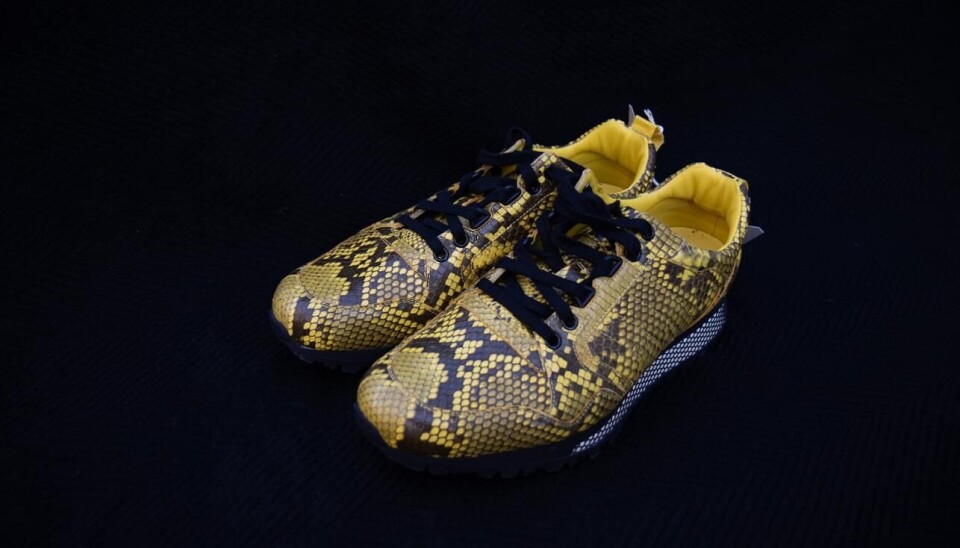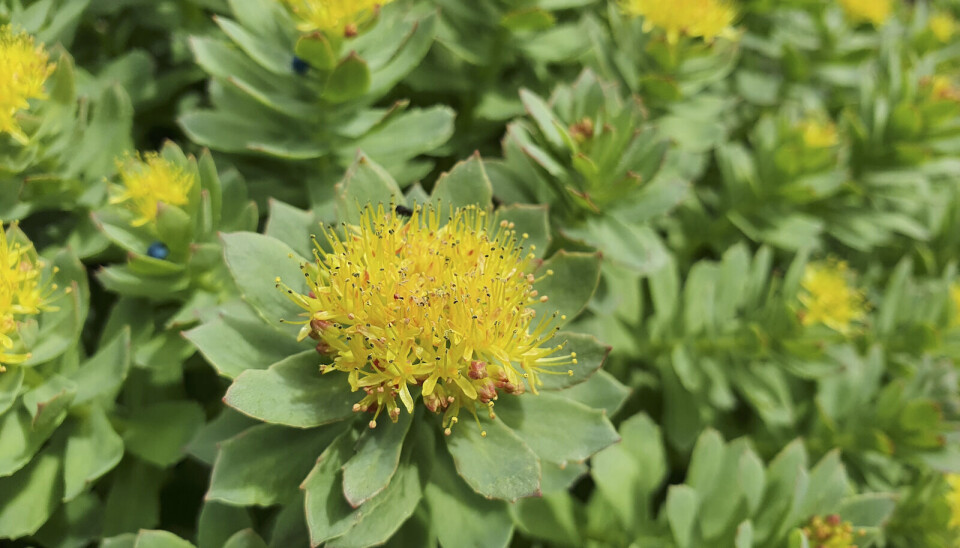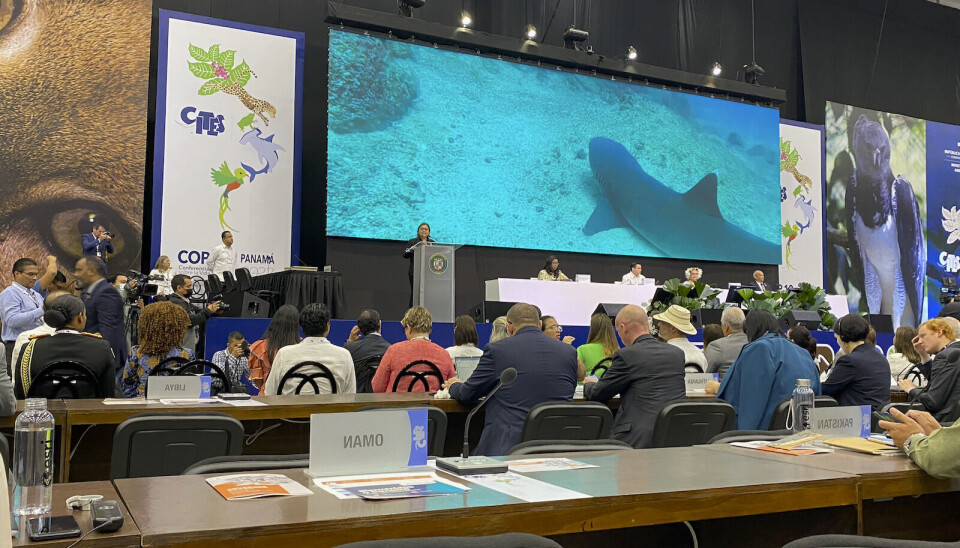
Blog: Natural Histories
Blog: natURAL HISTORIES

Ongoing negotiations on wildlife trade and why this matters now
Faced with catastrophic biodiversity loss, it is essential that countries agree on protecting the most vulnerable species from unsustainable trade.
The use of ingredients like tiger bones and bear bile in traditional medicines are hard to believe in our modern society. Although these things may seem far away, the Covid pandemic, which resulted from the transmission of the Covid virus from wildlife being sold in the market place to humans, has taught us that wildlife trade has many risks.
Wildlife trade is regulated by the Convention of International Trade and Endangered Species of Wild Fauna and Flora (CITES), a global treaty that has its 19th Conference of the Parties in Panama in November 2022.
CITES is a multilateral treaty to protect endangered plants and animals from the threats of international trade. In Norway, the Norwegian Environmental Agency (NEA) is the management authority for CITES, and the Norwegian Scientific Committee for Food and Environment (VKM) is the scientific authority for CITES.

Practically, the NEA considers and grants your permit to import a live parrot or hunting trophy, while the VKM will assess whether trading your parrot will pose a threat to the survival of the species in the wild. CITES is thus an international framework on trade, and all signatories have national legislation in place to make it possible to apply CITES in national laws.
While CITES protects endangered plants and animals from international trade, it does not directly protect species in their natural environments or regulate domestic trade. A good example of this is the early-purple orchid, a species that is common in Norway and not protected by any national legislation.
However, CITES regulates its trade at the international level, and permits are required to import or export it from Norway. This is because there are so many other orchid species in other countries that are internationally traded at levels considered unsustainable for their survival for food and horticultural reasons. Bringing your picked bouquet of orchids to your aunt in Sweden is therefore a lot easier said than done!
Sustainable international legal trade is made possible through CITES and at the same time CITES makes it possible to crack down on international illegal trade. National customs agencies, police wildlife crime units, and wildlife crime non-governmental agencies all contribute to the detection, investigation, and prosecution of illegal wildlife trade.

Yet, sustainably managing species is considered a national issue, and many countries with CITES-listed species argue that CITES rules can paradoxically make it even more difficult to protect the very species that CITES aims to protect. Their argument is often that the economic benefits of trade, including the trade and export of hunting trophies, ivory and ebony, generates the very income that can be used at the local level to promote the sustainable management of local wildlife.
Amendments to the CITES convention, including changes to the listed species, are discussed and decided at the Conference of the Parties meetings. The current CITES CoP19 in Panama is deliberating no less than 52 proposals. These proposals include hippos, rhino, elephants, as well as numerous other species, and heated debates can be expected.
Faced with catastrophic biodiversity loss, it is essential that countries agree on protecting the most vulnerable species from unsustainable trade.








